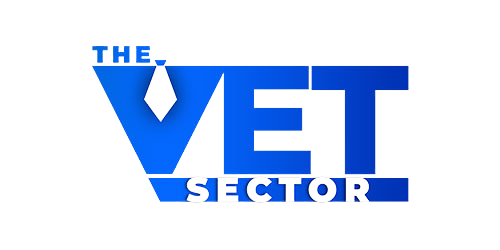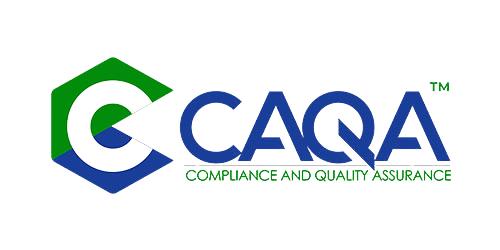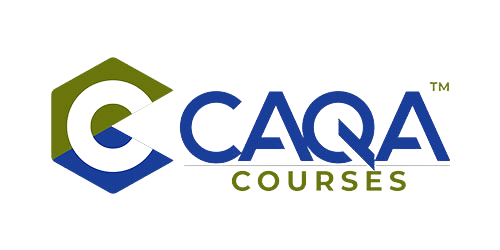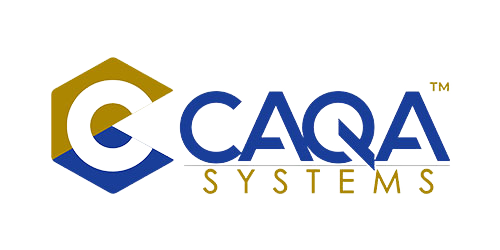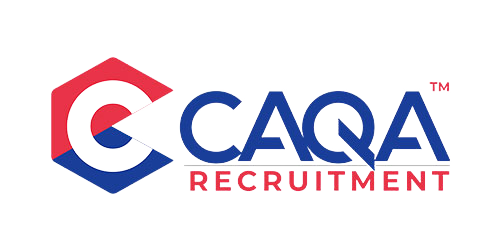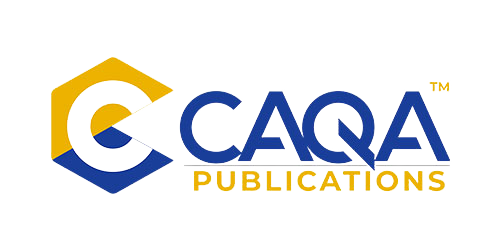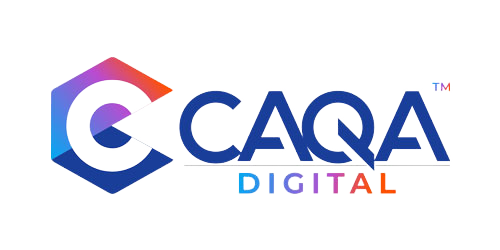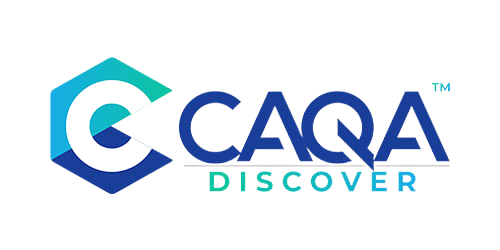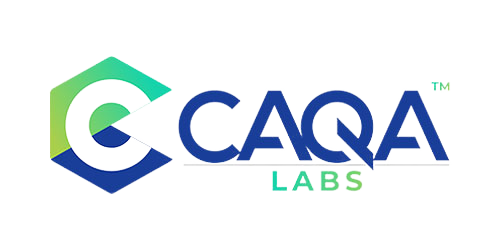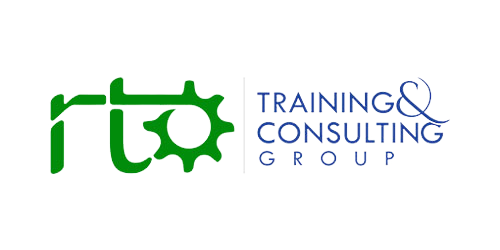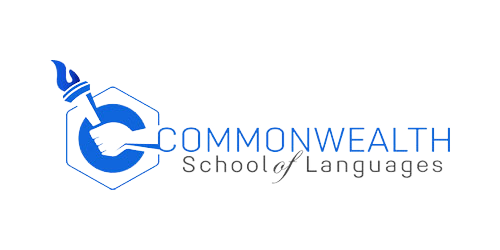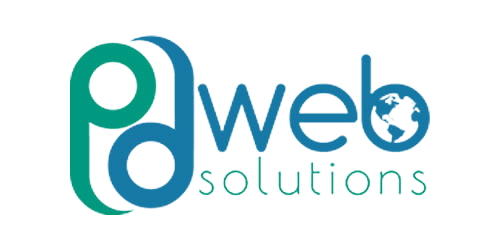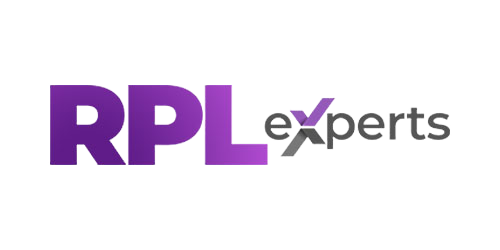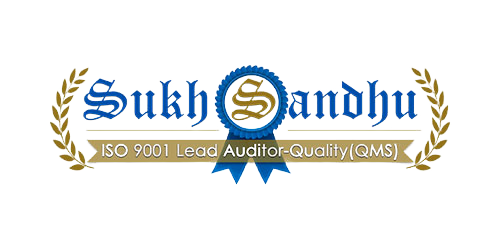Abstract
In the contemporary vocational education and training (VET) environment, the ability to measure and demonstrate the true impact of compliance activities has become a strategic necessity. As Registered Training Organisations (RTOs) navigate increasingly complex regulatory requirements under the Standards for RTOs 2025, stakeholders demand more than assurances of audit readiness—they want evidence of how compliance contributes to educational quality, learner outcomes, and organisational performance. This article explores modern approaches to compliance impact measurement, moving beyond traditional audit metrics to encompass multi-dimensional indicators such as learner satisfaction, completion rates, employer feedback, graduate employment, and stakeholder perception. It examines the use of integrated compliance dashboards, causal analysis, longitudinal studies, and stakeholder consultation as tools for building a compelling, evidence-based narrative. Ultimately, it offers practical strategies for RTOs to communicate the value of compliance to regulators, funding bodies, industry partners, and prospective learners, positioning quality assurance as both a protective mechanism and a driver of innovation and trust.
The Evolution of Compliance Measurement
Historically, compliance performance in the VET sector has been assessed largely through the lens of regulatory audits. The primary questions were: Did the RTO pass? And were there non-compliances identified? While these indicators are necessary for confirming adherence to ASQA’s standards, they provide an incomplete view of how compliance efforts affect the learner experience, graduate outcomes, and organisational growth.
The modern VET landscape demands a more sophisticated approach. Providers must recognise that compliance is not just about “avoiding penalties” — it is about ensuring quality and protecting the public interest. This requires a shift from output-focused metrics (audit results, rectification completions) to impact-focused measures that capture the full value compliance delivers.
Beyond the Audit – Multi-Dimensional Metrics
Traditional metrics still have their place — an RTO’s compliance history with ASQA remains a critical marker of operational health — but these need to be integrated into a broader measurement framework. Effective compliance impact measurement incorporates both quantitative and qualitative indicators, such as:
-
Learner satisfaction – Feedback on the quality of training, assessment, and support services.
-
Course completion rates – The proportion of enrolled learners who successfully achieve qualifications or units.
-
Graduate employment outcomes – Evidence of alignment between training and industry demand.
-
Employer satisfaction – Assessment of graduates’ workplace readiness and competence.
-
Assessment validation outcomes – Quality and consistency of assessment practices.
-
Trainer and assessor competency records – Continuous professional development aligned to current industry standards.
By integrating these into a compliance framework, RTOs can draw a direct line between meeting regulatory requirements and delivering tangible value to learners and industry.
The Role of Compliance Dashboards
An increasingly common best practice in high-performing RTOs is the use of integrated compliance dashboards. These dashboards consolidate data from multiple systems — student management systems, learning management platforms, HR records, survey tools, and financial reporting — into a single, real-time interface.
A well-designed compliance dashboard enables:
-
Real-time monitoring – Identifying potential risks before they escalate into non-compliance.
-
Trend analysis – Tracking improvement or decline in specific quality indicators over time.
-
Predictive modelling – Using historical data to forecast potential compliance risks or opportunities.
-
Evidence collation – Providing a ready-made repository for audit evidence, reducing preparation time.
Dashboards shift compliance from a reactive to a proactive function, allowing leaders to make informed, timely decisions and to demonstrate compliance health at any moment.
Linking Compliance to Educational Outcomes
One of the most powerful ways to demonstrate compliance impact is by establishing a clear causal connection between compliance activities and learner outcomes. This requires moving beyond correlation to identify how specific compliance practices contribute to measurable benefits.
For example, an RTO might introduce an enhanced trainer PD program to meet SRTOs' 2025 competency requirements. The organisation could then track:
-
Changes in trainer assessment quality.
Learner satisfaction with delivery and assessment. -
Completion rates in affected units or courses.
-
Graduate employment success.
By examining these metrics together, and possibly comparing them to a control group within the RTO or against sector benchmarks, the organisation can make a data-supported claim that its compliance initiative improved learning and employment outcomes.
The Value of Longitudinal Studies
While short-term metrics are useful, they often fail to capture the long-term impacts of compliance activities. Longitudinal studies — tracking learners from enrolment through post-graduation — provide a richer dataset to assess how compliance supports sustained success.
For instance, a longitudinal study might explore whether graduates from programs with robust workplace simulation compliance requirements have higher employment stability over three years compared to those from less structured programs. Such findings not only inform internal continuous improvement but can also be shared with regulators and industry partners to influence policy and funding priorities.
Control Groups and Comparative Analysis
To strengthen the validity of compliance impact claims, RTOs can employ research methods such as control groups and comparative analysis. This might involve comparing performance between:
-
Courses before and after a compliance-driven change.
-
Campuses or delivery sites with differing levels of compliance resource allocation.
-
Similar RTOs with different compliance strategies.
By isolating the effect of a specific compliance intervention, these methods help determine whether the observed improvement is genuinely attributable to compliance activities or to other factors.
Stakeholder Perceptions – The Human Dimension
Compliance exists not just to satisfy regulators but to protect and serve learners, employers, and industry. Measuring the perception of compliance effectiveness among these stakeholders adds an important dimension to impact analysis.
Systematic stakeholder engagement methods include:
-
Learner surveys – Capturing perceptions of fairness, transparency, and quality.
-
Employer feedback – Assessing graduates’ job readiness and skills relevance.
-
Industry consultation panels – Identifying how well training programs align with current and future workforce needs.
-
Community and partner focus groups – Understanding broader social and economic impact.
These qualitative insights help bridge the gap between compliance intentions and real-world experience, revealing areas where policy adherence may need to be complemented by cultural or operational adjustments.
Integrating Feedback into Compliance Cycles
Collecting stakeholder feedback is only valuable if it is acted upon. Best practice RTOs integrate this data into compliance planning, internal audits, and policy reviews. For example:
-
Learner feedback on unclear assessment instructions could trigger a compliance review of assessment tools against SRTO's requirements.
-
Employer concerns about graduate skill gaps could lead to targeted trainer PD or curriculum updates.
-
Regulator feedback from audits might prompt proactive changes in related areas to prevent future non-compliance.
This iterative process creates a feedback loop where compliance is continuously refined and reinforced.
Communicating Compliance Impact – Tailoring to the Audience
Different stakeholders require different types of evidence and communication approaches:
-
Regulators – Prefer detailed, standards-aligned reports with clear evidence of compliance outcomes.
-
Funding bodies – Seek evidence of return on investment, such as improved completion rates and employment outcomes.
-
Industry partners – Value case studies that show how compliance leads to graduates meeting specific workforce needs.
-
Learners and parents – Respond to accessible, plain-language summaries and testimonials demonstrating training quality and outcomes.
The art of communicating compliance impact lies in translating complex quality assurance data into stories that resonate. For example, a case study showing how an RTO’s enhanced compliance monitoring led to higher student retention can be tailored differently for ASQA, a local employer group, and a prospective student.
The Power of Case Studies and Testimonials
Numbers alone rarely inspire action or trust. Case studies and testimonials bring compliance to life, showing its tangible benefits for real people. These stories might feature:
-
A graduate who secured meaningful employment due to industry-aligned training shaped by compliance standards.
-
An employer whose workforce productivity improved through hiring from an RTO with robust compliance practices.
-
A trainer whose teaching quality increased after participating in compliance-driven professional development.
By connecting compliance activities to human success stories, RTOs can shift perceptions from compliance as “red tape” to compliance as a quality enabler.
From Measurement to Advocacy
When an RTO can measure and clearly articulate the positive impact of compliance, it not only strengthens its internal culture but also contributes to sector-wide advocacy. Demonstrating that compliance investments deliver educational, economic, and social benefits can influence funding decisions, shape regulatory frameworks, and enhance public confidence in VET.
In an era where regulatory environments can be perceived as burdensome, evidence-based advocacy positions RTOs as proactive partners in achieving national skills priorities rather than passive rule-followers.
Conclusion – Evidence as a Strategic Asset
Measuring and demonstrating compliance impact is not just about proving worth to regulators — it is about transforming compliance into a strategic asset that drives quality, innovation, and trust. By adopting multi-dimensional metrics, leveraging technology like integrated dashboards, conducting robust analysis, engaging stakeholders meaningfully, and communicating outcomes effectively, RTOs can ensure their compliance efforts deliver maximum value.
In the long term, organisations that excel in measuring and demonstrating compliance impact will be better positioned to secure stakeholder support, attract learners, and contribute to a resilient, future-ready VET sector.
Frequently Asked Questions (FAQ)
1. Why is measuring compliance impact important for RTOs?
It demonstrates the value of compliance beyond regulatory adherence, showing how it contributes to educational quality, learner success, and organisational performance.
2. What are examples of modern compliance metrics?
These include learner satisfaction, completion rates, graduate employment outcomes, employer feedback, trainer competency records, and assessment validation results.
3. How do compliance dashboards help?
They integrate data from multiple sources to provide real-time monitoring, trend analysis, predictive modelling, and evidence collation for audits.
4. How can RTOs prove that compliance improves educational outcomes?
By tracking outcomes before and after compliance interventions, using control groups, and analysing causal relationships between compliance practices and learner results.
5. What role does stakeholder perception play?
Feedback from learners, employers, and industry partners provides insights into the real-world effectiveness of compliance practices and helps identify improvement opportunities.
6. How should compliance impact be communicated?
Tailor communication to the audience — detailed reports for regulators, ROI data for funding bodies, industry-aligned case studies for employers, and accessible summaries for learners.








